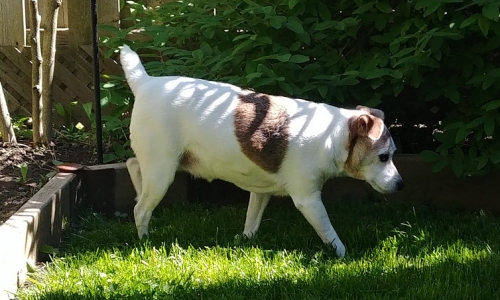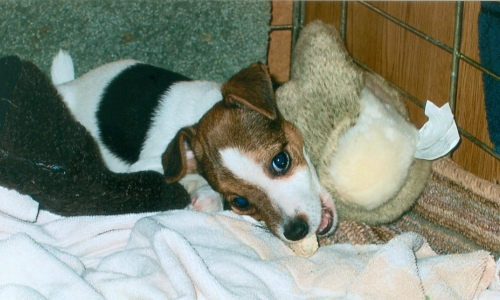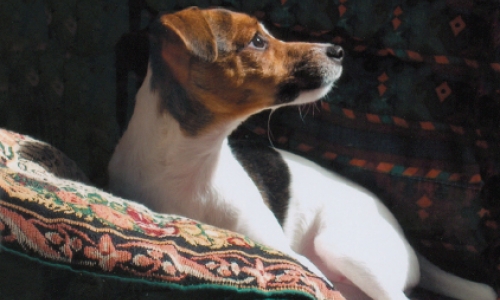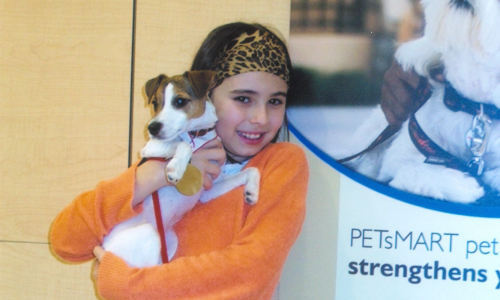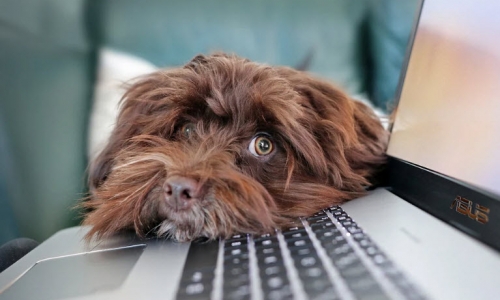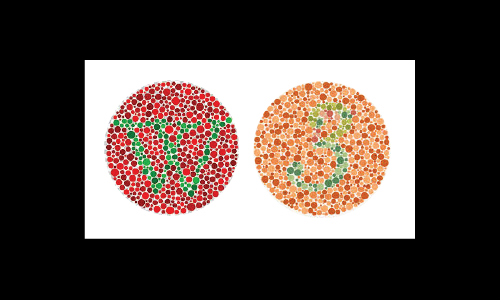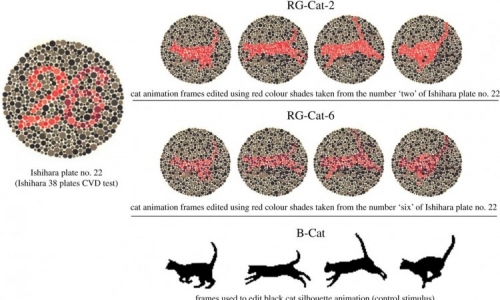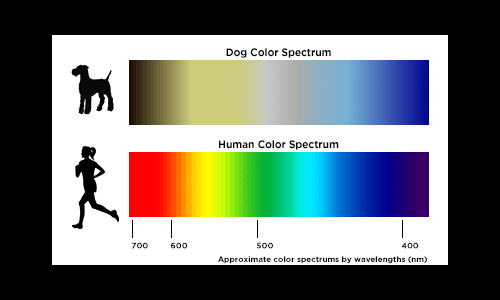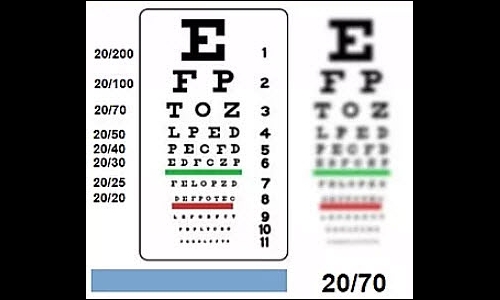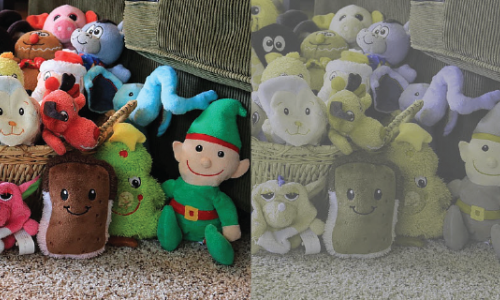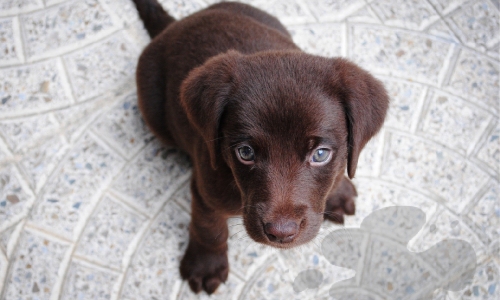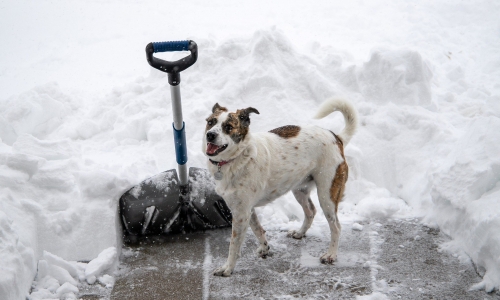For standard potty training advice, puppies two to six months old, see last month’s blog post: Potty Training 101, Part 1: Setting your puppy up for success, dated February 11, 2020
Consider this post for house training issues that linger beyond six months.
Has your puppy hit a potty training plateau?
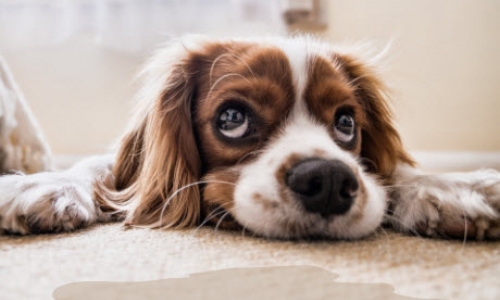
For standard potty training advice, puppies two to six months old, go to https://bit.ly/3spIpns
Most puppies will be completely house trained by the time they are six months old—if their pet parents have been vigilant in always reinforcing a good potty training schedule. However, if your puppy is not quite there yet, don’t worry, there are a number of valid reasons for late bloomers.
1. Consider the size of your puppy
Late potty training competence can affect smaller breeds because they have much smaller bladders and therefore need to go out to do their business much more frequently than large breed puppies.
Small and toy breeds are more difficult to house train but it may be due to the fact that owners don’t recognize the special challenges that go along with house training micro puppies. It may be closer to a year to expect full compliance with toy breeds, to give their bladders time to reach full size.
Not surprisingly, what’s been considered some of the harder breeds to house train are:
- Dachshunds
- West Highland White Terriers
- Jack Russell Terriers
- Maltese
- Bichon Fries
- Pomeranians
- Yorkshire Terriers
- Pekinese
- Havanese
- Italian Greyhounds
It should be noted that I have a 13-year-old Jack Russell Terrier, who was first toilet trained to a litter box because I adopted her in the dead of winter, then nudged to the backyard for toileting purposes, in springtime. What worked with her was a very consistent schedule for going outside to do her business, and consistent praise and reward when she correctly eliminated outside. I still maintain her outside schedule with little variation. And if I need to be out of the house for four hours, she’s crated and then taken out to the backyard, as soon as I come home. Larger breeds may not feel the need to eliminate more than twice a day. I know that wouldn’t work with my little dog. Those that are considering a small breed dog should also be available to take them out to their toilet area, six or seven times a day. On a positive note, small breed dogs also don’t need to walk long distances for exercise and toileting needs, as compared to medium and large dogs.
Since these smaller dogs are often apartment dwellers that spend most of their time inside, why not consider an indoor solution. What's important is to find a reliable system for their toileting routine and if getting them outside in time, is causing them to fail, and you to pull your hair out, set up their toileting area in a spare bathroom with a litter box. Then get them outside for the simple pleasure of walking and exploring.
Pet parents also need to pay special attention when puppies are playing as, like children, they tend to notice the urge only when they can’t hold it any longer, and will just stop suddenly and squat before showing any signs of distress. In this case, interrupting playtime to go outside is a good idea until they are older. This action helps to teach the puppy to pay attention to the need to go during playtime and head for the door.
If you’re fast enough, grab a treat when Puppy starts to squat inside, call and lure her to the backyard but wait till she finishes toileting, before providing the reward.
2. Feed and water on a regular schedule
I mentioned this in last month’s blog but it bears mentioning again; in order to help a dog eliminate on a regular schedule, you need to feed and water on a regular schedule. This means food and water are provided at the same time every day. Allow the dog about 20 minutes to eat, then pick the bowl up and don't provide more until the next meal. Water should also be given five or six times a day but don’t leave it on the floor until your puppy is better able to control his or her bladder. Free-range feeding (leaving food on the floor all day for the dog to graze) will sabotage your potty training goals.
There are exceptions to this rule, especially for tiny dogs who can be prone to hypoglycemia. If you have a tiny dog, ask your vet to help you with a healthy feeding schedule, appropriate to the breed.
3. Reduce the free-range house privileges
By tethering your dog to yourself you can eliminate the dog sneaking off to a private corner while you’re not watching. This means you do need to develop a strict schedule for taking your puppy outside so that he or she begins to internalize that elimination routine. Reduce his or her area to roam freely in the house, to an area you can watch at all times. If you take the puppy out to pee and nothing happens, put your puppy in the crate for 20 minutes and then try again. Praise and reward, reward, reward, for success. Once your puppy is fully reliable, you can wean off the treats but do retain the praise.
And…there’s nothing like play and exercise to stimulate bladder and bowels. Weather permitting with a fenced-in yard, get your puppy outside, chasing a ball and see how fast you can get him emptied out while having some fun.
4. Use the proper kind of bedding in the crate
Ensure that puppy’s bedding inside the crate is not too “cushy”. This encourages puppies to poo or pee in one corner because the bedding absorbs the moisture enough for them to nest in a separate corner. While a puppy is still working on potty skills, use only a thin layer of padding in the crate, such as a flannel blanket folded to two layers.
5. Clean up accidents using products that eliminate all odour
Minimizing toileting in the house is two-part. You want to eliminate attractive odour and you want to break the habit. Soap and water or vinegar will not break up the scent of urine. A dog has 300 million olfactory receptors in their noses, compared to about six million in humans. A dog's brain is wired for smell and works 40 times harder than ours when it comes to processing smell.
A dogs' sense of smell is something like 10,000 to 100,000 times as acute as ours. It’s no wonder they are so preoccupied with smelling everything when they get outside, to the frustration of their owners who are impatiently focused on walking continuously in a straight line, with little to no distractions. Alexandra Horowitz, a dog-cognition researcher and author of Inside of a Dog, states that dogs can detect some scents in parts per trillion; that while we might notice if our coffee has a teaspoon of sugar added to it, a dog can detect a teaspoon of sugar in a million gallons of water.
Enough said. This should convince you to use a cleaning product like Natures Miracle, which includes an enzymatic formula to break up urine molecules. Any cleaner you get must include the enzymatic ingredients to dissolve lingering scent.
The second part of addressing accidents is to break the habit of going back to that same spot to eliminate. Once you’ve taken care of the cleaning, move the furniture to a different location or place a new piece of furniture over the area where the dog has eliminated before.
6. Handle submissive peeing and peeing to greet correctly, to reduce occurrences
Entry into adolescence can sometimes increase the frequency of submissive peeing (when a dog pees in front of you or a guest, for no understandable reason). A dog is communicating its willingness to be friends with this behaviour. Never scold a dog for doing this. Simply ignore the behaviour and clean up the mess. Punishing a dog for submissive peeing will only make him work harder at convincing you he wants to be friends, i.e. more submissive peeing. Try not to loom over a dog who exhibits this behaviour either and ask visitors not to do so. Looming over a dog can also trigger submissive peeing. Looming over a dog you don’t know can trigger a fear or aggressive reaction as well.
7. Actively supervise for male marking in the house
Attempting to mark in the house appears with the onset of adolescence. Both sexes will mark in the house but it’s much more prevalent in males. It may be even more common now since most vets prefer not to neuter until your puppy is nine to fourteen months old (depending on breed), to allow for full bone development in larger dogs.
There are a couple of ways to counteract marking in the house. The first is to tether your dog to you so you can catch him attempting to lift his leg, at a moment’s notice, and redirect him outside. The second is to use a male belly band that fits around his middle. With a belly band, you can catch the dog in the behaviour without urine reaching your furniture and leaving a lingering scent. Catching the dog with his leg at half-mast means you can quickly redirect him outside. Always provide a reward after he completes the job where he's supposed to go. The band can help you to better understand your puppy’s urination habits.
As noted above, it’s important to properly clean all areas of floor and furniture where the dog has successfully marked, using the proper kind of cleaner, so he’s not compelled to redo his handy work.
Take heart, if you are vigilant with routine and schedule, your late bloomer will achieve house training consistency, usually by 12 months.
THE DOG BLOG is a great resource for tips on training and canine well being. Got questions or a topic in mind? Let me know via the comments box. I would love to hear from you.
